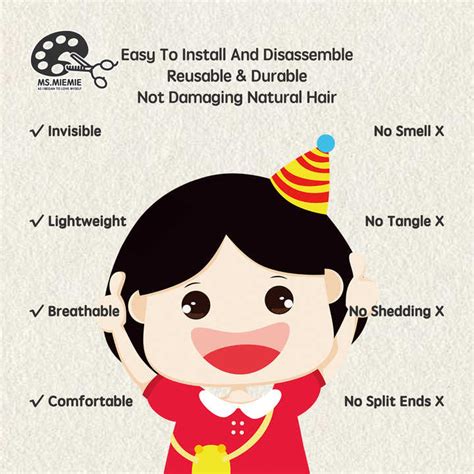The Myth of Virgin Hair
Virgin hair is a term used to describe hair that has never been chemically treated or colored. It is often considered to be the highest quality hair available, as it is free from damage and has a natural shine and luster. However, there is a lot of confusion surrounding the term “virgin hair,” and many sellers use it to describe hair that is not actually virgin.

The Reality of Virgin Hair
True virgin hair is very rare, and it is typically only found in very young children. As people age, their hair naturally undergoes chemical changes, and it is impossible to completely avoid these changes. Even hair that has never been colored or chemically treated may have been exposed to environmental pollutants or other factors that can damage the hair.
The Split Ends of Virgin Hair
Virgin hair is not immune to split ends. Split ends occur when the hair shaft becomes dry and brittle, and it can be caused by a variety of factors, including sun exposure, heat styling, and chemical treatments. However, virgin hair is less likely to develop split ends than hair that has been chemically treated or colored.
How to Find True Virgin Hair
If you are looking for true virgin hair, it is important to do your research and find a reputable seller. There are a few things you can look for to help you identify virgin hair:
- The hair should be soft and silky to the touch.
- The hair should have a natural shine and luster.
- The hair should be free of split ends.
- The hair should not have any chemical odor.
The Benefits of Virgin Hair
Virgin hair is a beautiful and versatile hair type that can be used to create a variety of looks. It is also a good choice for people who are looking for a natural and healthy hair option. Here are some of the benefits of virgin hair:
- It is strong and durable.
- It is easy to style.
- It is less likely to develop split ends.
- It is a good choice for people who are looking for a natural and healthy hair option.
The Cost of Virgin Hair
Virgin hair is more expensive than non-virgin hair, but it is worth the investment if you are looking for a high-quality hair product. The cost of virgin hair varies depending on the length, texture, and color of the hair.
Conclusion
Virgin hair is a beautiful and versatile hair type that can be used to create a variety of looks. It is also a good choice for people who are looking for a natural and healthy hair option. However, it is important to do your research and find a reputable seller if you are looking for true virgin hair.
FAQs
Q: What is the difference between virgin hair and non-virgin hair?
A: Virgin hair is hair that has never been chemically treated or colored. Non-virgin hair has been chemically treated or colored.
Q: Is virgin hair better than non-virgin hair?
A: Virgin hair is generally considered to be better than non-virgin hair because it is free from damage and has a natural shine and luster.
Q: How do I find true virgin hair?
A: Look for hair that is soft and silky to the touch, has a natural shine and luster, is free of split ends, and does not have any chemical odor.
Q: How much does virgin hair cost?
A: The cost of virgin hair varies depending on the length, texture, and color of the hair.
Tables
| Hair Type | Benefits | Drawbacks |
|---|---|---|
| Virgin hair | Strong and durable, easy to style, less likely to develop split ends, natural and healthy option | More expensive |
| Non-virgin hair | Less expensive, more versatile | More likely to develop split ends, may be damaged by chemical treatments |
| Hair Length | Cost |
|---|---|
| Short (12 inches or less) | $100-$300 |
| Medium (14-18 inches) | $200-$400 |
| Long (20 inches or more) | $300-$500 |
| Hair Texture | Benefits | Drawbacks |
|---|---|---|
| Straight | Easy to style, versatile | Can be flat and lack volume |
| Wavy | Adds volume and movement, can be styled in a variety of ways | Can be frizzy in humid weather |
| Curly | Adds volume and definition, can be styled in a variety of ways | Can be difficult to manage, may require special products |
| Hair Color | Benefits | Drawbacks |
|---|---|---|
| Natural | Natural-looking, does not require touch-ups | May be difficult to find in the desired length and texture |
| Colored | Wide variety of colors available, can be customized to match your desired look | May fade over time, may require touch-ups |
Creative New Word: “Hairvirgination”
Hairvirgination is the process of restoring hair to its natural, virgin state. This can be done by using a variety of techniques, such as chemical treatments, heat treatments, and natural remedies. Hairvirgination can improve the health and appearance of hair, and it can also help to prevent split ends and other damage.
